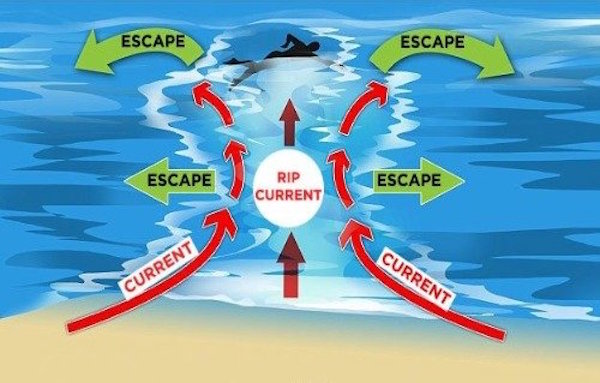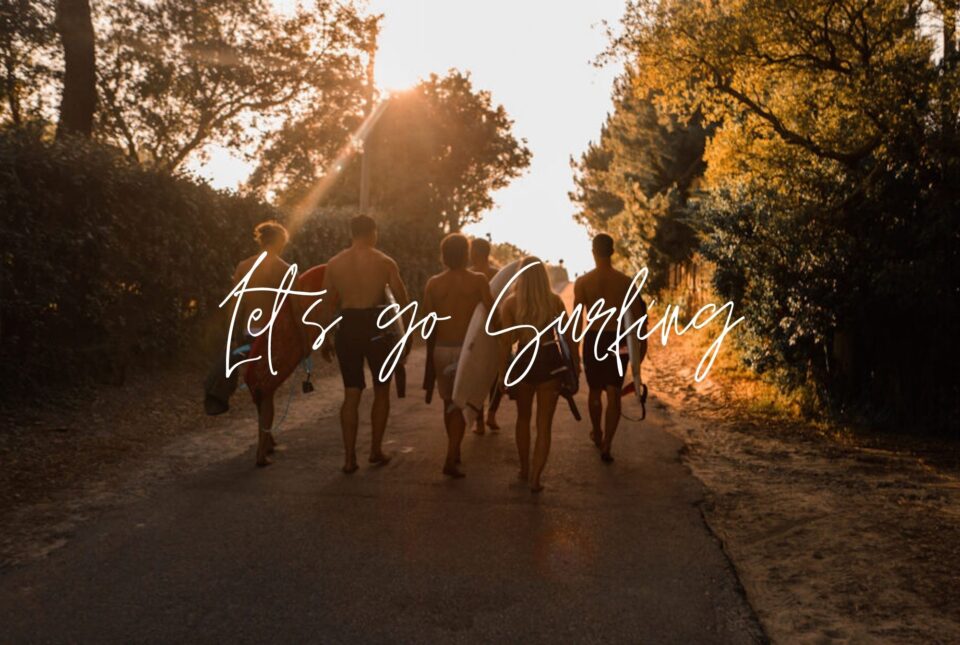If you’ve never surfed before and are still on the fence as to whether or not to take the plunge, we’ve shared some of the greatest benefits of learning to surf below. For a little more detail, check out our top 5 reasons why everyone should learn to surf!
1 | Surfing is good for both body & mind
Surfing is both mentally and physically a godsend for your body. Having a bad day? Feeling stressed? Need a break from your workload? Try surfing and we promise you’ll have no regrets. Many new surfers report that one of the biggest improvements was in their mental health. Being in the water and connecting with the ocean is one of the most refreshing, excuse the pun, feelings there is. In fact, Netflix have recently released an award winning documentary about how surfing is being used as a life changing therapy for wounded veterans.
2 | Surfing gets you travelling
Learning to surf can take you all over the world. With incredible spots such as Hawaii, Australia, Morocco, Portugal and Spain, there are plenty of destinations to choose from to suit every travellers’ needs.
When you are not on your surfboard perfecting your pop up, another benefit of learning to surf in an exotic destination is the awesome opportunity to explore and soak up a new culture. The surf lifestyle usually extends outside the surf school, so why not grab your friends and spend your afternoons exploring and discovering new places. The benefits you gain from travelling in this way are one of the best reasons to pick up a surfboard and learn to surf in the first place!
But the destinations don’t always have to be exotic. Sometimes a surf road trip close to home can be just what you need. Especially in times of COVID (or are we post-COVID yet?).
3 | Connect with nature & fall in love with the ocean
Being in the ocean makes you appreciate what a delicate creature Pachamama (Mother Nature) really is and will always be. There are an infinite number of reasons that contribute to perfect waves and all of which relate back to the ebb and flow of the earth. It is no accident that most surfers are also environmentalists to some degree.
It is a well-researched fact that the sea air not only improves your mood, but will help improve your sleep cycle. Combine this with an intense surf session and you will be sleeping like a baby for the duration of your first ever surf trip. Learning to surf and falling in love with the ocean go hand in hand, and it will start to feel like a second home to you before long.
4 | A chance to truly disconnect
Swapping the office for sandy beaches will not only do wonders for your health, but you will experience a sense of calm that can only be brought on by the ocean. In a world of smartphones, TVs and computers, consumables have never been more readily available and instant gratification sits in the palms of our hands. However, surfing is one of the only times when we can truly disconnect, as all our focus is on finding and catching that next wave.
5 | That post surf feeling
The post-surf chill can be just as fulfilling and fun as learning to surf itself. Whether you are grabbing some food to replace those much-needed calories, cracking open a few cold beers with your friends or completely collapsing in a ball for a movie marathon, the post-surf relax is one of the nicest and most satisfying feelings ever.
Even more interesting is the use of vibro-acoustic therapy. Simply exposing patients to rhythmic oceanic sounds has shown to slow the heart rate and release endorphins. So, if you’re hung-over or feeling down, jump in the ocean, have a paddle and see how it changes your mood!







